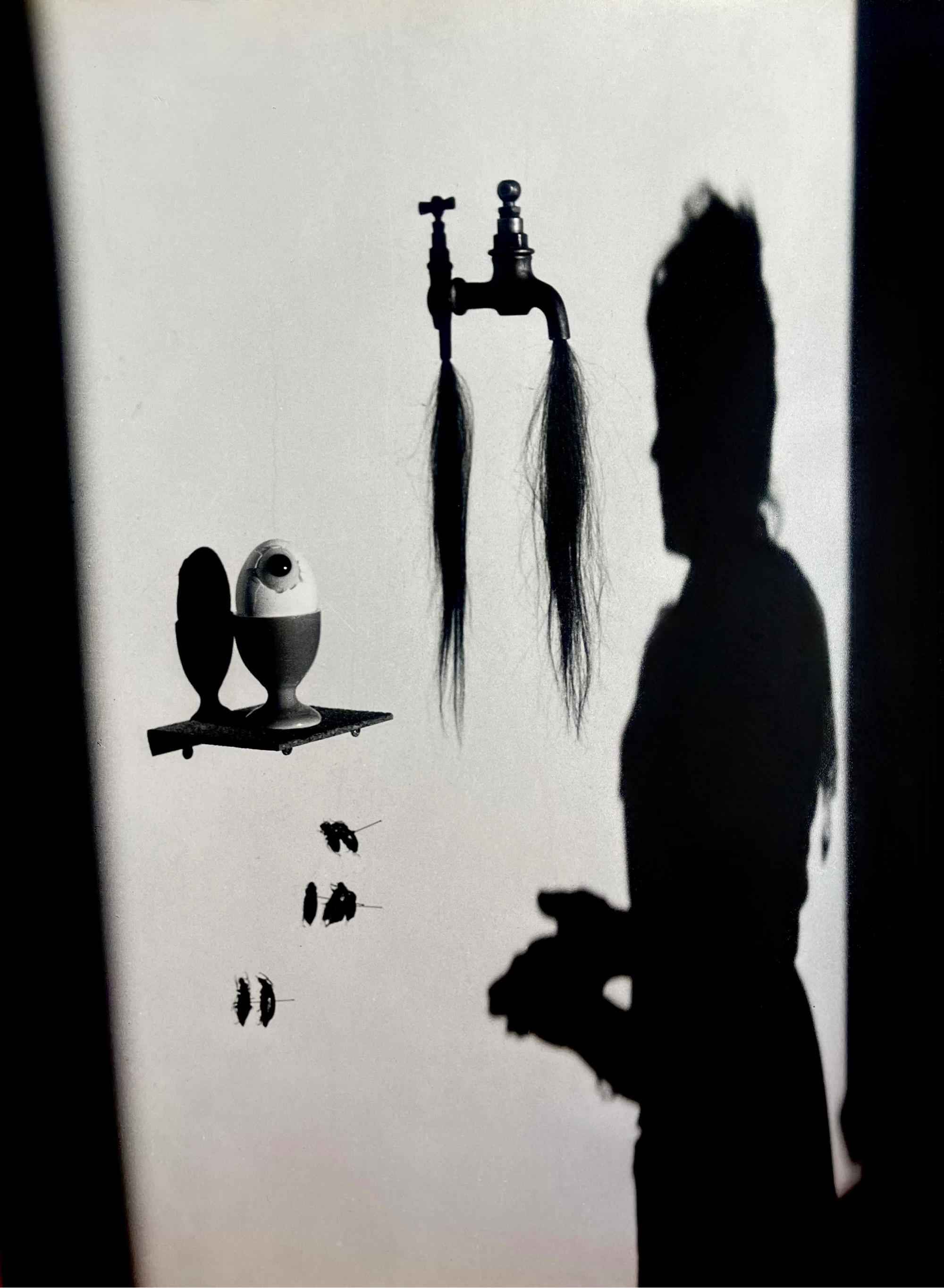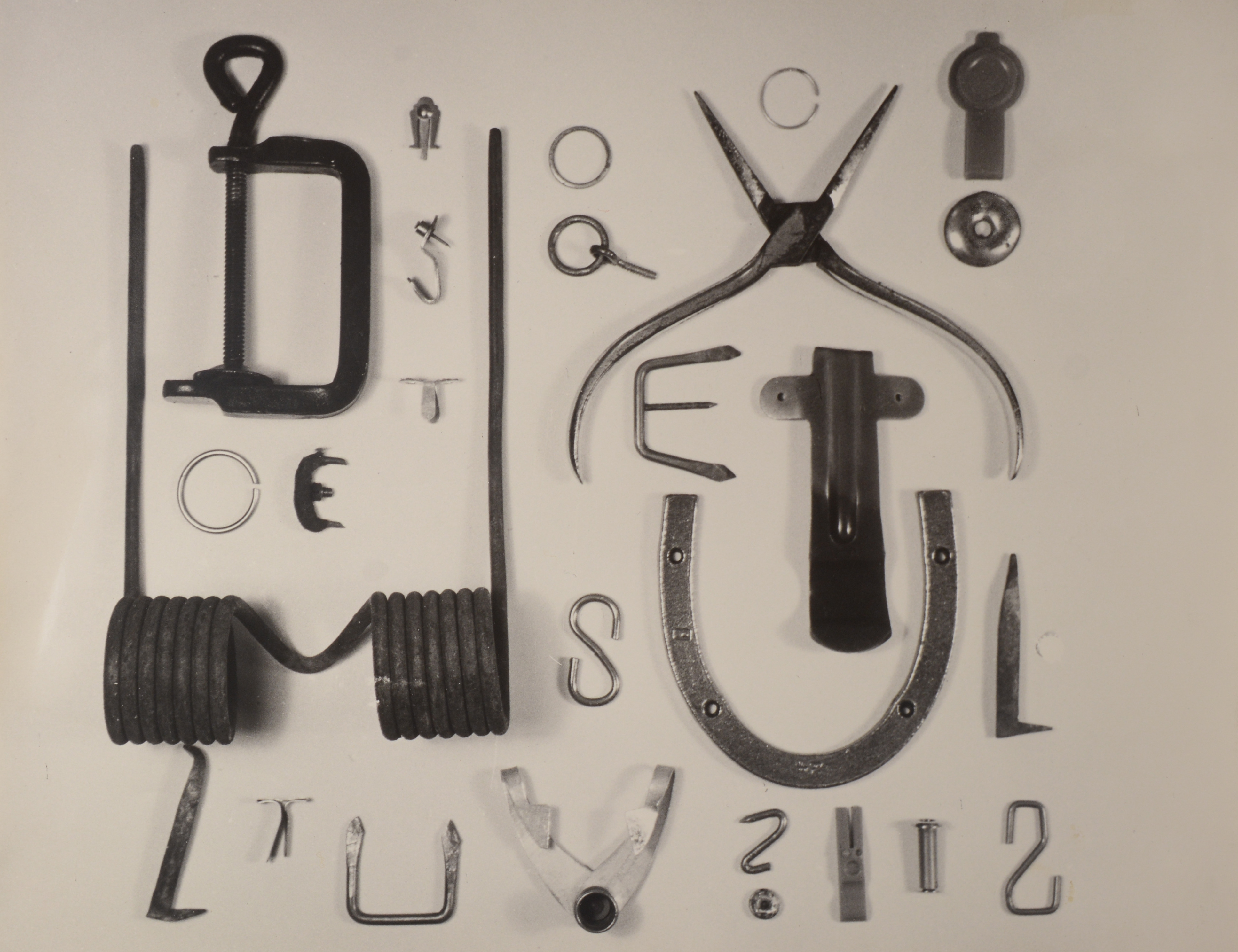→ PAST
EXHIBITION
Běla Kolářová & Emila Medková:
Where No One Looked Before
20 July 2024 – 11 May 2025

Muzeum Susch presents Běla Kolářová & Emila Medková: Where No One Looked Before, which brings together the works of two Czech artists: Běla Kolářová and Emila Medková.
Muzeum Susch is launching a new exhibition and research program dedicated to exploring various strands of 20th-century women's photography, including avant-garde, documentary, socially engaged, and feminist photography. This series, complementary to the main exhibition, research, and publication program, will emphasize the importance of female photographers from different countries, offering an in-depth reflection on their contributions and enabling a comparative analysis of their approaches to the medium.
The history of photography, like many other histories, has been largely shaped by the contributions of male artists. Their gaze, captured on photosensitive materials, has significantly influenced our understanding of the artistic lineages to which female photographers were later assigned. Muzeum Susch aims to challenge this entrenched perspective, arguing that this historical viewpoint was fundamentally flawed from the beginning. When viewed through the groundbreaking work of female artists, the history of photography reveals a richer and more fascinating narrative. By focusing on these pioneering women, Muzeum Susch seeks to uncover previously hidden artistic lineages - matrilineal ones and showcase the radical experiments and diverse strategies employed by female photographers. These artists often turned to photography as an accessible medium due to a lack of recognition and lavish working conditions. This exploration promises to transform our understanding of the photographic landscape and the history that has shaped it.
The project begins with the exhibition Běla Kolářová & Emila Medková: Where No One Looked Before.
Emila Medková

Medkova’s beginnings in the 1940s are associated with Czechoslovak Surrealism, which had its genesis in the interwar period. Her photographs are like visual enigmas. They are based on a principle similar to the structure of a daydream, in which seemingly familiar objects change their meanings and functions, and people change their roles. Often the main role in Medkova’s works is played by a female figure, which appears as a shadow, is fragmentary and always disturbing, and even threatening.
Běla Kolářová

Kolářová's work, on the other hand, is often identified more with Constructivism: the artist used one of the favourite strategies of the pre-war photographic avant-garde, which was to use everyday objects, juxtaposing them with each other on light-sensitive material. However, Kolářova primarily reached for material associated with the sphere of femininity. Through this seemingly simple gesture, she portrayed real-life tensions. Both artists use photography in such a way that through it they show us those aspects of reality that, on a daily basis, are not available to us. The lenses of their cameras served the senses and imagination to see what no one has seen before, although many of us have looked at similar places.
Běla Kolářová
1923, Terezín, Czechoslovakia
2010, Prague, Czech Republic
Běla Kolářová began her work as a photographer in the mid-1950s with documentary photographs. Her first series was titled Children’s Games (Dětské hry). But her interest in framing seemingly random ‘found’ objects was already apparent and may be linked with influences from Surrealism. Although she was not professionally trained as an artist, she quickly became adept at working with photography. Through her own artistic practice, she came to believe that the objectivity of this medium is illusory. This was a general reflection shared by conceptual artists employing photography at that time, but Kolářová began her own original quest to expand the possibilities and boundaries of photography, which she pursued among other things by giving up the use of a camera in favour of working directly with light-sensitive materials.
In 1961, she developed her own technique of ‘artificial negatives’ (umělé negativy), which consisted in pasting small objects to celluloid tape with paraffin, then placing them on photosensitive paper and exposing them to light. She created radiograms (rentgenogramy) to record what eludes the human eye unaided by a camera. She was also interested in using photography to capture moments of conflicting reality, changes disrupting the structure of the reality in which we function.
In the 1960s she took part in major photography exhibitions in Czechoslovakia, such as Surrealism and Photography (1966) and Something Somewhere (Někde něco) at the Špála Gallery in Prague (1969, together with her husband, Jiří Kolář). In 1966, she held her first solo show in Prague.
In the late 1960s, she began featuring compositions of everyday objects (razor blades, paper clips, staplers) in her camera-less photographs, and also created assemblages using such items. In the 1970s, when she hardly ever exhibited her work, she began creating pieces in which she drew with cosmetics. Starting in 1979, Jiří lived in exile, but Běla could not leave Czechoslovakia then. During that period, she created autobiographical assemblages – an abstract and symbolic self-narrative. In 1985, she joined her husband in Paris, and in 1997 the couple returned to Prague. From the early 1990s, she again exhibited, while continuing to create new works.
Běla Kolářová’s oeuvre is now the subject of research and scholarship, and her works are found in the collections of institutions such as the Centre Pompidou, Tate Modern, the Art Institute of Chicago, and MoMA.
Emila Medková
1928, Ústí nad Orlicí, Czechoslovakia
1985, Prague, Czechoslovakia
Emila Medková began her education in 1942 at the State School of Graphic Arts in the Smíchov district of Prague but had to interrupt her studies to work at the German film production company Prag-Film AG at the Barrandov Studios. She finished school after the war ended. In 1948, she met the painter Mikuláš Medek, and they remained together until Medek’s death in 1974. Mikuláš and Emila collaborated artistically, creating a series of staged photographs in the late 1940s and early 1950s for example.
Medková’s early work from the 1940s is linked with Czechoslovakian Surrealism, which arose during the interwar period. Her photographs are visual riddles. They are driven by a dream structure in which seemingly familiar objects change meanings and functions, and people change roles. Thus it can be argued that it is in one of her first and now best-known photographs, Cascade of Hair (1949), sums up the pre-war narrative of Surrealism while also unveiling a new version of it. The frame contains a female shadow, an egg-like object with an eye and a faucet dripping hair instead of water. The staging, introducing absurd objects into the frame, constructed for the purpose of photographing them, is close to the practice of Man Ray, for example, but tellingly the main role in Medková’s works is often played by a female figure, which appears like a ghost, fragmentary and always disturbing.
With time, Medková basically abandoned staged photography to create photographically informal imagery, and subsequently pictures made with the traditional technology (black-and-white photographs using a camera), but all of her works remained complex and multilayered. The simplicity of their execution is deceptive. Using only careful observation of reality and the skill of precise framing, the artist extracted hidden meanings and significance from mundane, everyday life, so that this part of her oeuvre is also regarded as Surrealist. Although on the surface her photographs appear only as the documentation of fragments of walls, streets, or windowpanes, they are full of tension – sometimes social and political.
Her first exhibition was held in 1960 in Hradec Králové. She exhibited quite frequently in the 1960s, including abroad, e.g., in Poland and the United States, but after 1970, until her death, there were just a few shows of her works in Czechoslovakia (in 1978, 1979, 1980, 1984). This was due primarily to the political situation in the country after 1968, and then the artist’s long-term illness.
Emila Medková’s works are now found in numerous collections in the Czech Republic, as well as in the Centre Pompidou and Tate Modern.
International press:
Sutton Comms, London| E: ginevra@suttoncomms.com| T: +44 (0)7809 901890